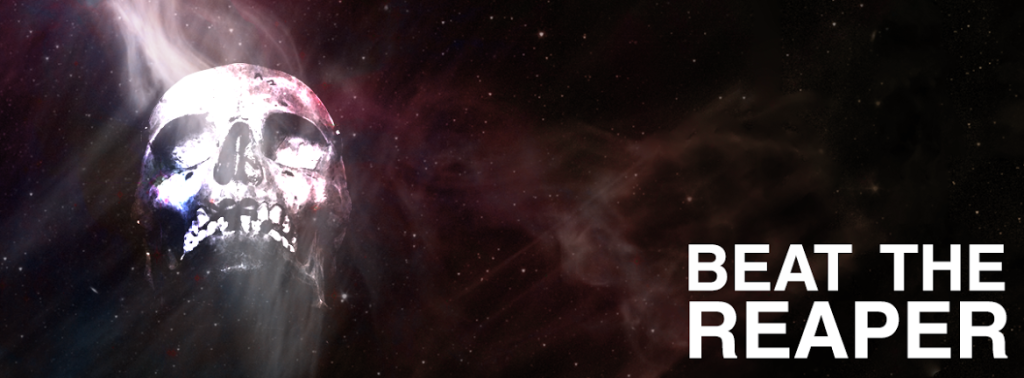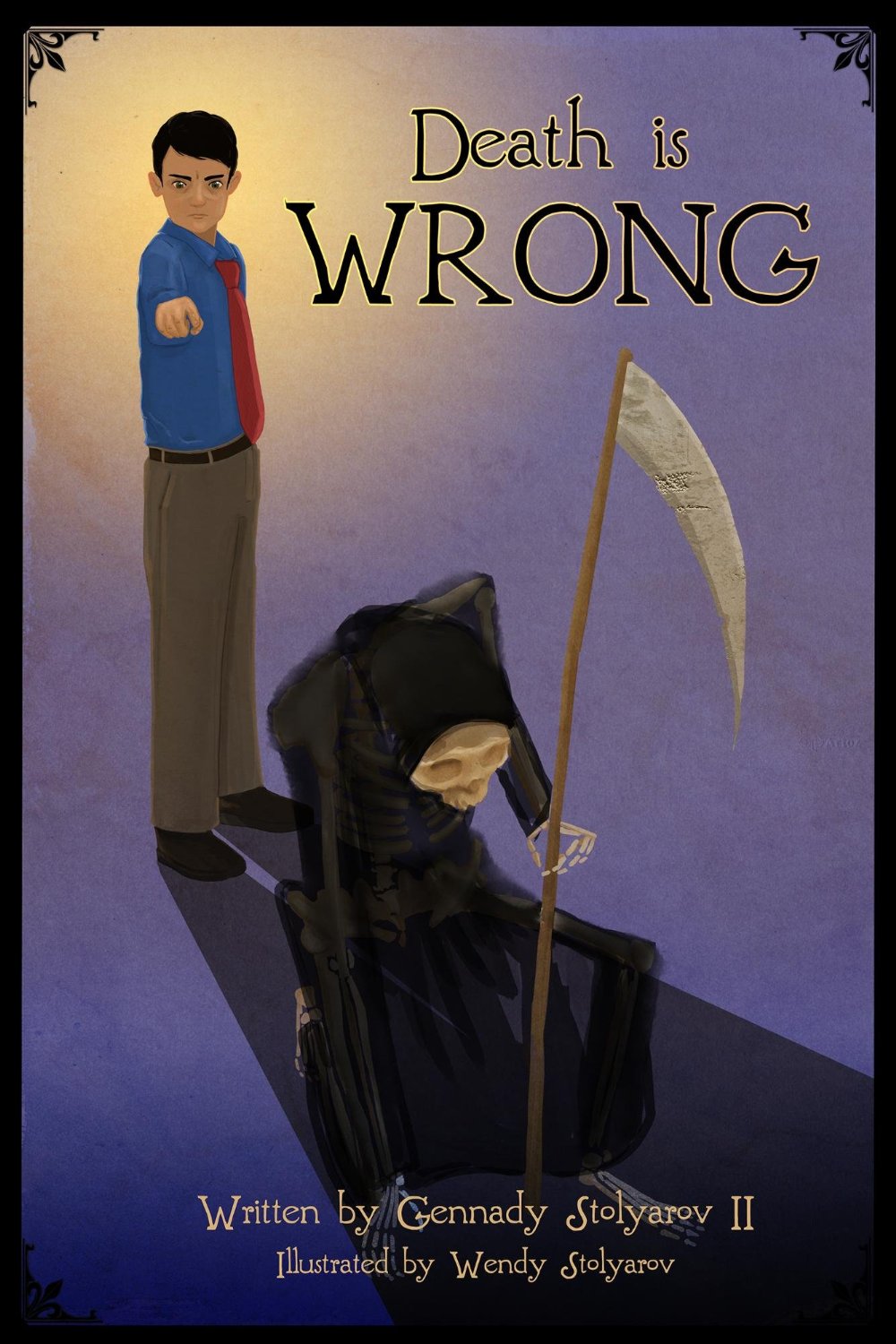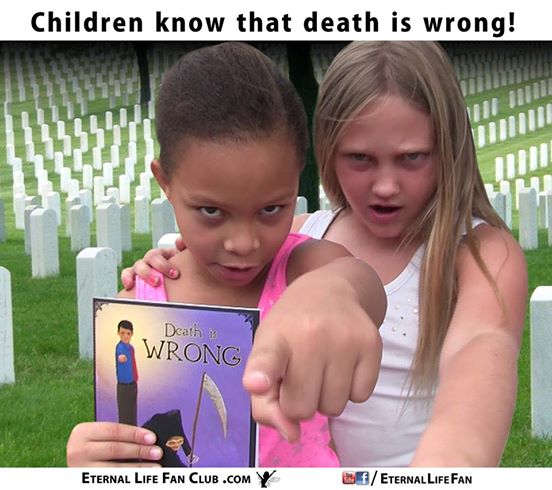What Did Not Have to Be – Short Story by G. Stolyarov II

This short story was the winning entry in Transhumanity.net’s 2033 Immortality Fiction Contest in January 2013.
I visited the Neo-Luddite village on January 13, 2033, to deliver the weekly shipment of microchips. The Neo-Luddites are particular. They refuse any chip made after 2005, so obtaining components fitting their specifications becomes harder every year.
My parents tell me that, when they were my age, everyone lived like the Neo-Luddites do today. I downloaded plenty of history about this period, but I could not comprehend how anyone could live that way. I wanted to see it myself. This interested me in the work-study program at my ecollege. The ecollege AI maintains a sophisticated registry of supply and demand, connecting goods to customers. Even the Neo-Luddites participate: their Head Elder emails the AI a list of desired goods. The AI obliges them by locating items meeting their restrictions.
I pick up the goods discovered by the AI and fly them to the Neo-Luddites. Then I spend a few hours in the Neo-Luddite village, setting up their computers in their “traditional” schools and hospitals: quaint rooms with row after row of austere chair-desks and bunk beds.
I landed my hovercar in the parking lot outside the Neo-Luddite territory and waited for Joshua’s ground-car to arrive. The Neo-Luddites shun flying or self-driving vehicles. Within their boundaries, all transportation must be manually operated.
Joshua is my age. He is nearing his eighteenth birthday, when Neo-Luddite adulthood begins. Every Neo-Luddite, upon reaching that age, may choose to remain in the Neo-Luddite community or join the broader technological world. During my past several visits, I have sensed both increasing nervousness and curiosity from him.
“So, Prometheus,” said Joshua once I was seated, “you wanted to see more of Neo-Luddite life. There’s one place I want to show you. I usually don’t go there, but it needs cleaning. Head Elder Timothy asked me to wash the gravestones. You can help, if you like. The cemetery is on the way.”
I agreed, and Joshua turned onto a side road. The cemetery soon stretched before us, triangular, with the point closest to us. Joshua parked the ground-car, then handed me some rags and old-fashioned cleaning supplies. The rows of graves widened as we proceeded. I realized that the Neo-Luddites arranged their graves in reverse-chronological order. The gravestones really did need cleaning – particularly the back rows.
“There aren’t many of us anymore to maintain the cemetery,” Joshua explained. “Most of the original community founders have died. Timothy is the only founding elder alive today. My grandfather used to be Head Elder, but he died last year. Brain cancer.”
“Brain cancer was cured back in 2025!” I exclaimed. “His death was preventable!” But then, all death is preventable now. It is harder to treat the already-senesced – and the Neo-Luddites oppose rejuvenation – but even Joshua’s grandfather could have been saved.
“He was 93,” Joshua said. “Our doctors tried their best, but he lived a long and fruitful life. There were other patients of higher priority to treat.” I know 93-year-olds who would disagree – who are still in ecollege studying one discipline or another, and who outran me at our weekly ultramarathons.
I was curious: “Aren’t large families a major goal in your community? You compensate for your individual mortality by having lots of children to perpetuate your genetic heritage and community traditions.”
“True,” replied Joshua. “But your world’s enticements are strong. Many leave upon turning eighteen. Even some older members have left. My great-uncle Robert looked my age when he visited my grandfather on his deathbed. They were alone for a while; then Robert came out shaking his head. ‘He wouldn’t let me save him,’ was all I heard before he left.”
“Are you considering leaving?” I asked.
“I’ve thought about it,” replied Joshua. “But our community teachings all oppose it. Eternal boredom, overpopulation, loss of essential humanity – we Neo-Luddites resist this.”
“But none of these have occurred!” I was surprised to hear him seriously articulate such old anti-longevity superstitions. “Do I look any less human to you?”
“Well, not superficially, but you have nanobots in your bloodstream, and your bones are unlike our bones.”
“But does that make me less human, or does it amplify my humanity? We are, after all, communicating as two intelligent beings, two friends – perhaps.”
He paused to think. “You’re unusual for your kind. You willingly try to understand us. But I know you live differently in your world. You download information instead of reading it; you have computer memory in your head. You believe you can learn anything and do anything. We have time for only a single vocation, which defines our identities.”
Before I could respond, we noticed a hooded figure, crouching at a gravestone several rows ahead. I magnified my vision to catch the inscription: “Anna Blomgren: 1955-2015”. This person died the year I was born, and she was only sixty!
The figure noticed us and turned around. I saw the deeply wrinkled face of a senesced man in his eighties. His eyes shimmered, not just with life and intelligence, but with tears. He spoke: “Joshua, come closer. See what grief looks life. Anna died because our era’s medicine could not save her. In my despair, I had to find meaning in her death. I told myself that death was natural and good, part of the life cycle. How else could such a wonderful, loving person be taken so early?”
“Head Elder, I had no idea…” Joshua began.
The elder’s piercing stare encompassed us both. “Look at me, Joshua, and see your future – if you stay. You, too, will know grief and loss. I asked you to come here for a reason. This is a test: do you accept our way of life, with all its concomitant suffering? If you stay and raise a Neo-Luddite family, then one day, you, too, will be here, weeping over a grave. If you do not want this, go back with him.”
“But don’t you want me to stay?” Joshua asked, incredulous.
“You must decide,” Timothy replied. “My time is almost done; humanity’s time will be forever. I had my reasons; I resisted the future – but soon I will be no more, and the future is already here.”
I was puzzled. “You just need to visit any clinic for rejuvenation therapy. You can be young again, and have indefinite life. Why not, if you are dissatisfied now?”
“It is hardest to face what did not have to be. I lost Anna because I couldn’t save her, but in my grief I convinced others to die unnecessarily. I cannot undermine their sacrifice by avoiding myself the end I led them to. But you can escape. You have your whole life ahead of you. Go!”
We left Timothy to grieve in the graveyard. Joshua flew to the city with me. I messaged a nearby clinic that a senesced man might request assistance soon. He needed only to express the desire in earnest, and a hovercraft would transport him there in minutes. Two weeks later, the clinic still has received no request.











